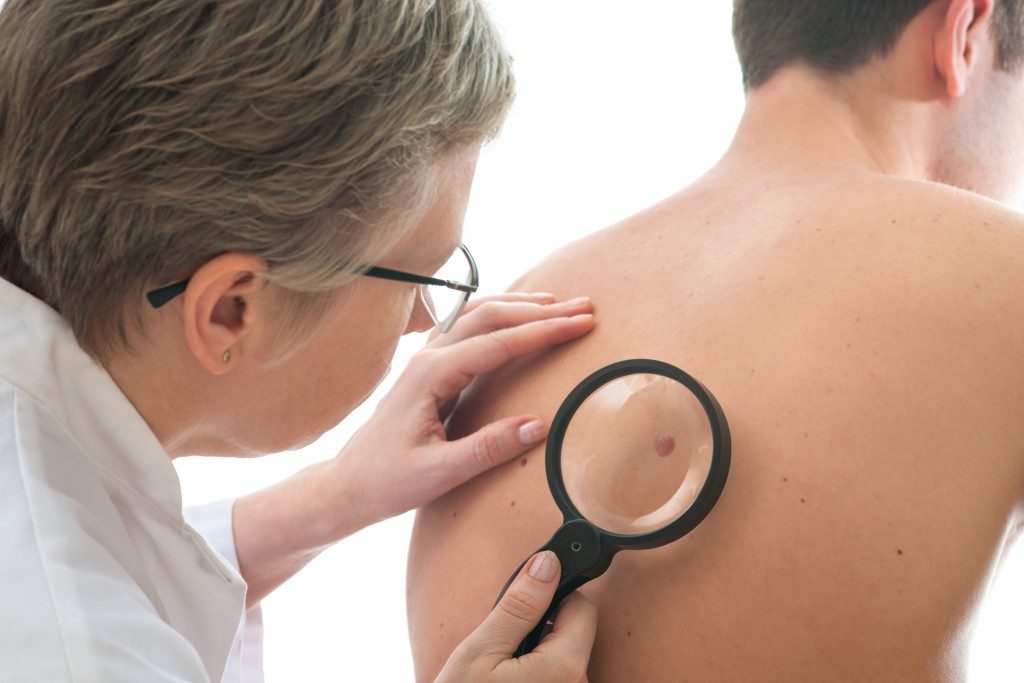 Brushing and flowing at least twice daily does a lot for your oral health. It is however not enough for the maintenance of a healthy mouth. Dental visits are among the elements that should form a part of our overall health routine.
Brushing and flowing at least twice daily does a lot for your oral health. It is however not enough for the maintenance of a healthy mouth. Dental visits are among the elements that should form a part of our overall health routine.
Most dental clinics in an attempt to guarantee the highest level of oral health in their patient have a “healthy smile program”. There are different services covered under this program including emergency, preventive and routine treatments.
Most clients visiting a general dentist in Sandy assume that dental X-rays are only recommended if you have obvious symptoms of oral health issues. X-rays will however still form a part of your routine and preventive dental visits to gain an insight on different elements which affect your oral health.
Extraoral and intraoral X-rays are the two primary types of X-rays, which one can order. Intraoral X-rays are used to assess the condition of your teeth while extraoral ones evaluate your jaws. Here are the kinds of extraoral dental X-rays, which form a part of your dental treatments.
Panoramic X-Rays
These will visualize your entire moth in a single film. As such a panoramic X-ray will be used to assess the condition of your upper and lower jaws. A dentist can use the image generated to diagnose impacted teeth, abnormal growths and the misalignment of your upper and lower jaws.
Cephalometric Projections
These project an image of the side of your head. They evaluate the relation of your jaws and teeth and pick any misalignments. Cephalometric projections will commonly be used as a substitute to panoramic X-rays for the diagnosis of jaw issues which can contribute to TMJ and bite disorders.
Cone Beam CT X-Ray
 This type of X-ray will generate a 3D image of your dental structures including the bones, nerves and soft tissues. Cone beam CT X-rays are used for the evaluation of tumors and cysts in your jaw and to guide the placement of dental implants. Moreover, they will pick problems in your dental roots and gums. The X-ray machine used here rotates around your head and capture different high-quality and accurate images in a single rotation.
This type of X-ray will generate a 3D image of your dental structures including the bones, nerves and soft tissues. Cone beam CT X-rays are used for the evaluation of tumors and cysts in your jaw and to guide the placement of dental implants. Moreover, they will pick problems in your dental roots and gums. The X-ray machine used here rotates around your head and capture different high-quality and accurate images in a single rotation.
Digital Imaging
This is a 2D type of radiograph which sends images directly to a computer where they can be instantly viewed, stored and printed.
Unlike traditional X-rays, digital radiographs can be enlarged to allow a dentist a clear view of your jaws to pick out even the tiniest issues. Digital X-rays also use minimal radiation.
MRI Imaging
This imaging option generates a 3D view of your entire oral cavity including the teeth and jaws. MRIs are generally used for the evaluation of your soft tissues. They are however often used to confirm a diagnosis rather than for routine evaluation of your oral cavity.
The above imaging options have changed dental treatments. They allow a dentist to make an accurate diagnosis of various issues which might affect your oral health.
Extraoral X-rays are also safe for both children and adults. Under the “healthy smiles program”, there is a certain number of X-rays allowed in a year. Others might, however, be done on an emergency basis.



